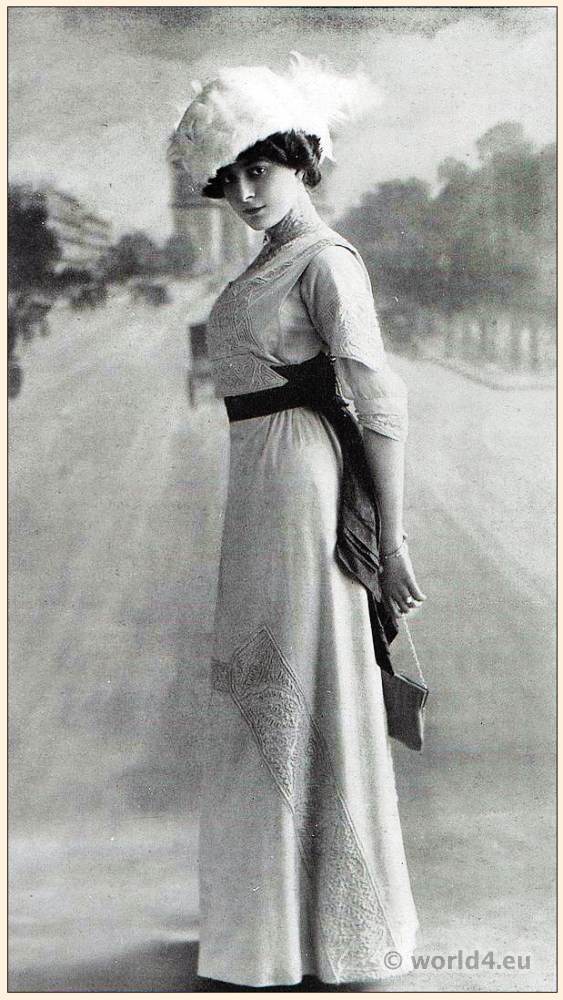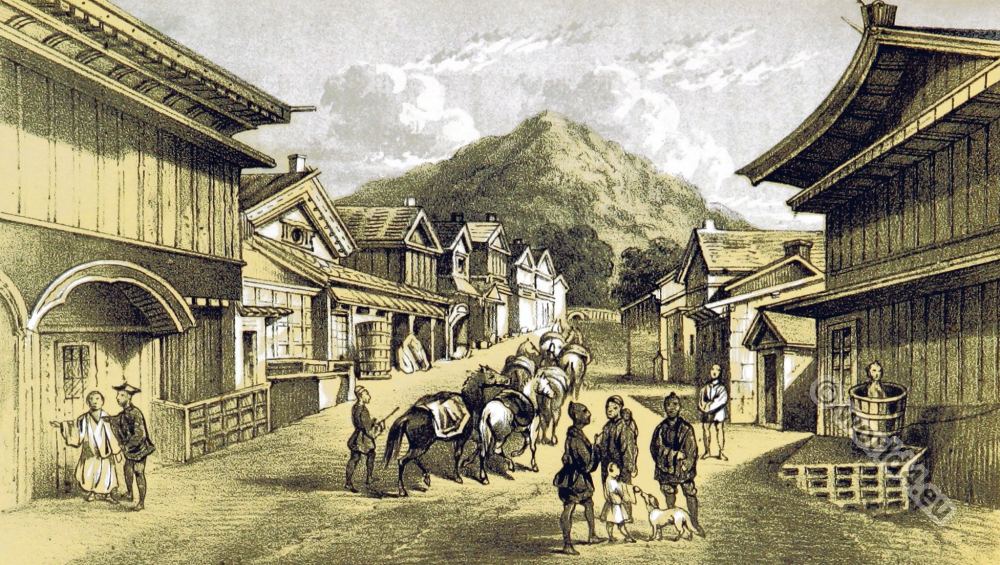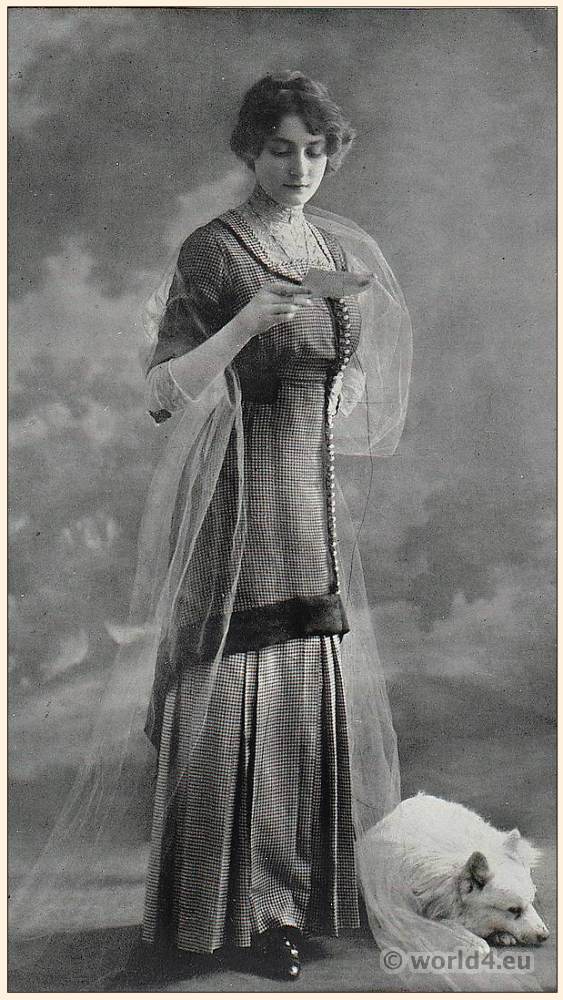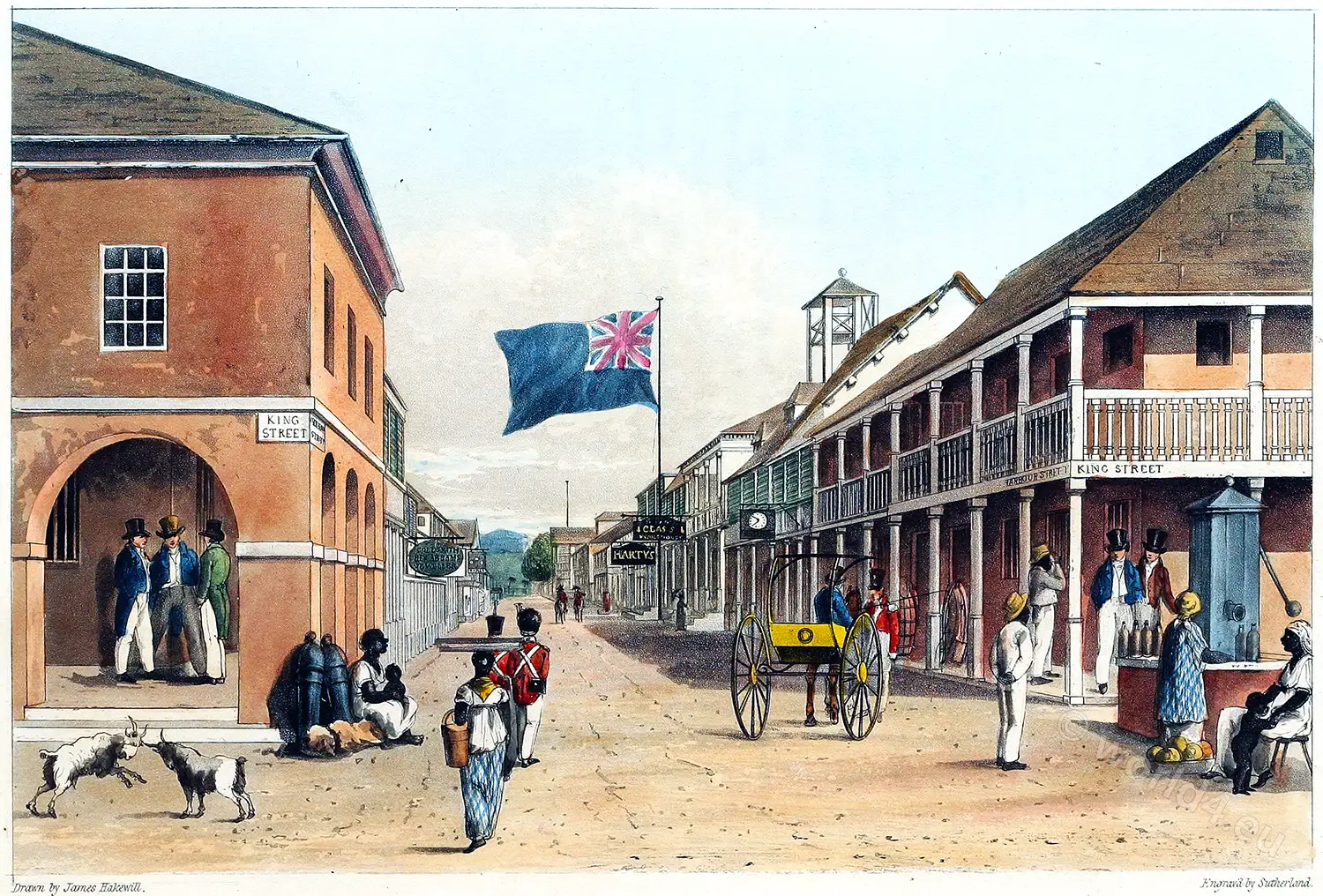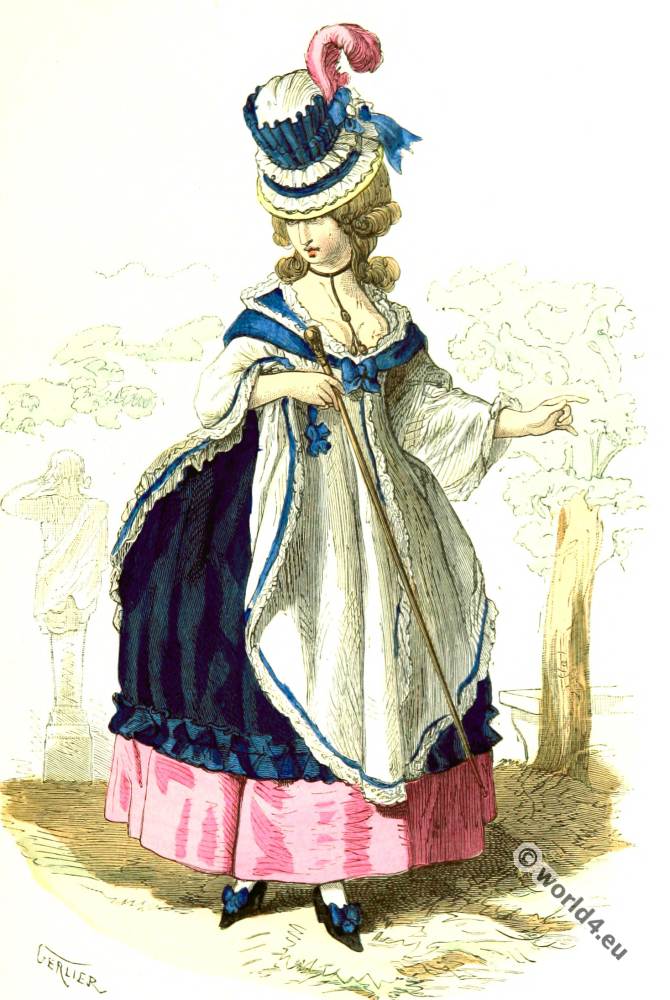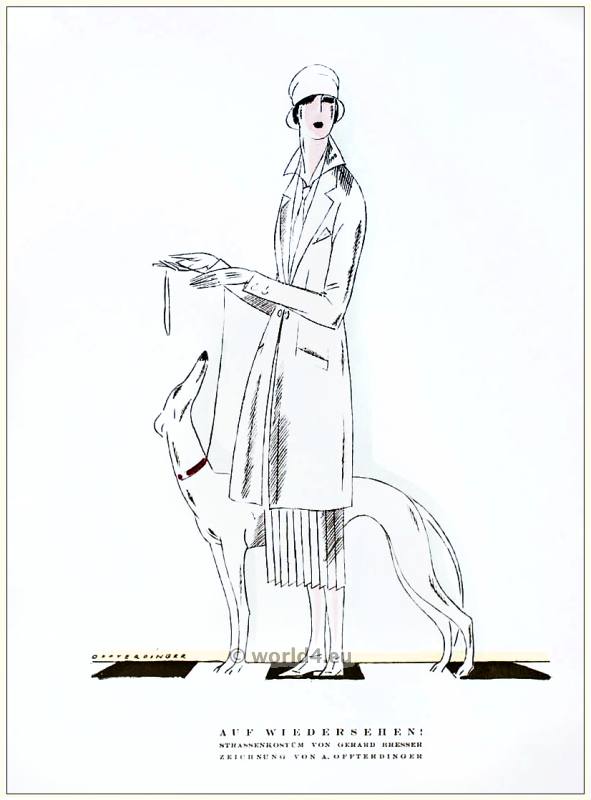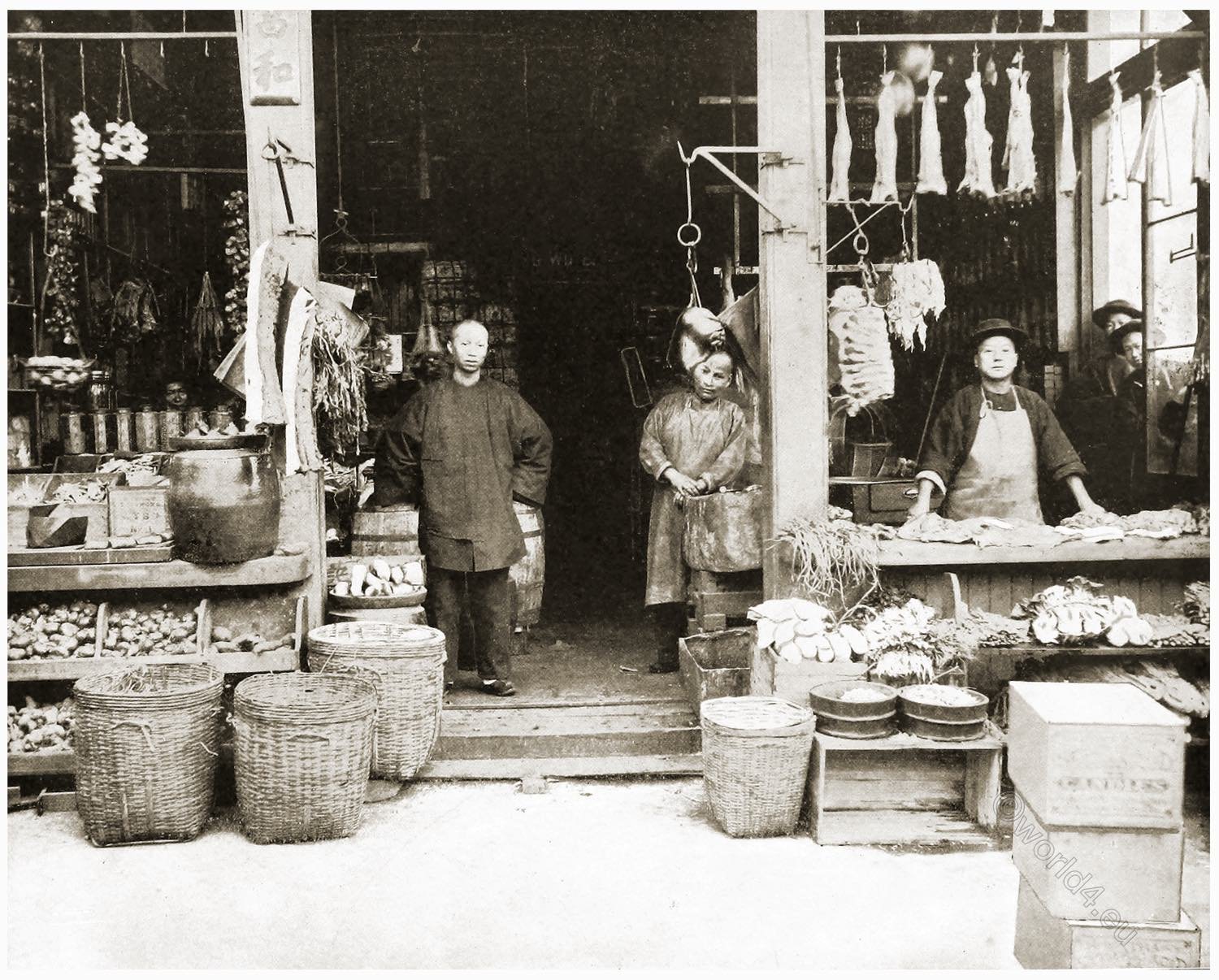
CHINATOWN, SAN FRANCISCO
by John Lawson Stoddard.
“A trip to Chinatown” is an essential feature of a visit to the Pacific coast, and a memorable experience it often proves to be. Within a limited area in San Francisco in which 3,000 Americans would be cramped for room, are always living at least 20,000 Chinamen, whose one idea seems to be to hoard up all the money they can possibly obtain, in order to return in a few years to their native land.
It is a most repulsive and apparently dangerous quarter of the city, although crimes are said to be of rarer occurrence there than elsewhere. Moreover, whatever may be said of them in other respects, drunkenness is hardly known among the Chinese. They frequently stupefy themselves with opium, but not with rum.
The shops in Chinatown are most grotesque, with their (to us) unintelligible decorations and letterings, recalling memories of the fantastic characters displayed on tea-caddies and bunches of fire-crackers. The variety of merchandise in these shops, its comical arrangement, together with the mysterious dark rooms in the rear, presumably the sleeping apartment of some Wee Lung Chin and family, are all most novel and amusing.
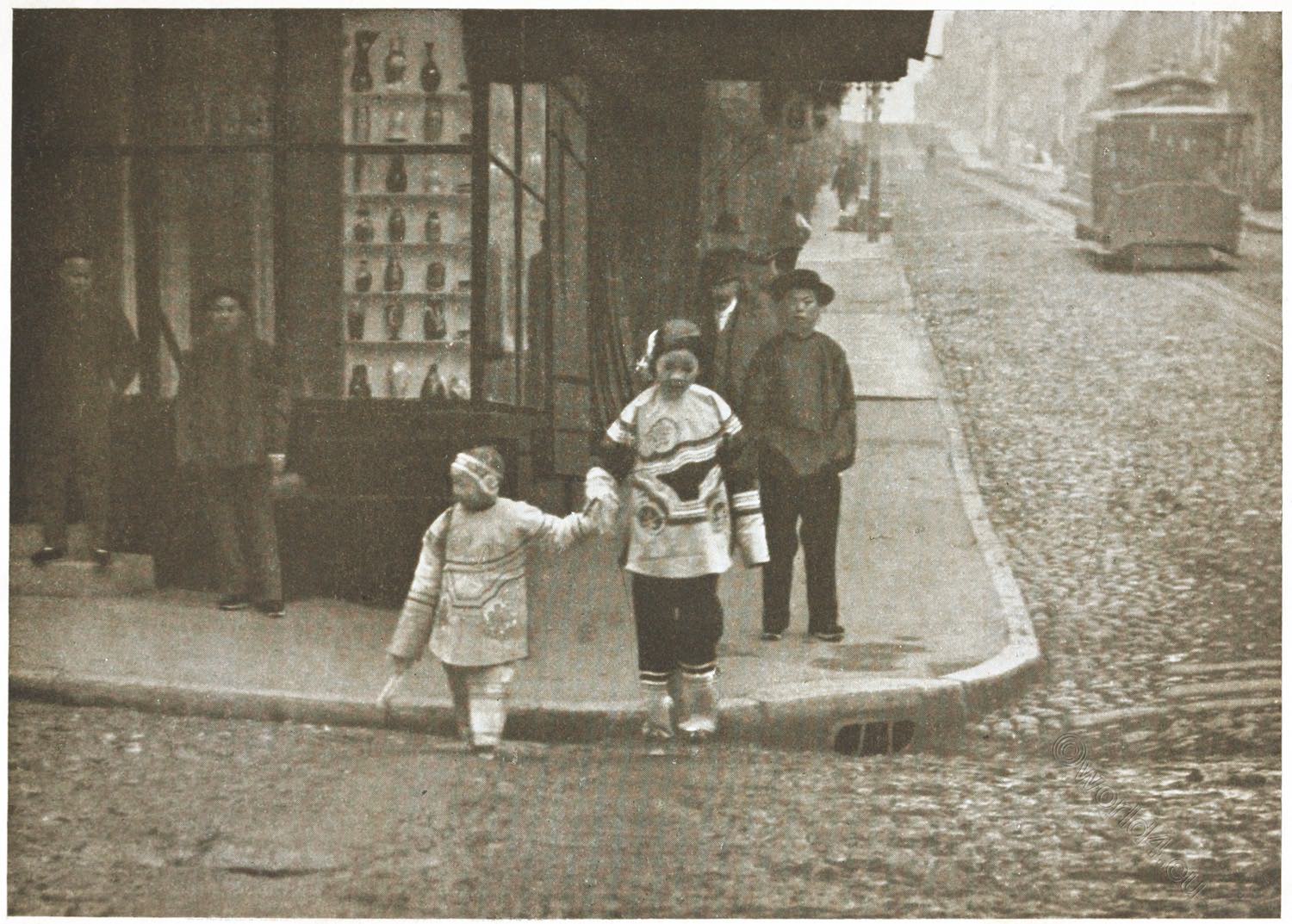
The names of the merchants here have that curious combination of monotonous monosyllables which causes them to slip from the memory like drops of water from a duck’s back. Interspersed with the shops and tenement houses are several Joss-Houses, or Chinese Temples.
Here, too, are Chinese Theatres, where the entice audience smokes, and the performance goes on amid a hideous beating of drums and gongs. The Gambling Dens and Opium Cellars in Chinatown should be visited in company with a policeman. They are filthy places where either gambling is carried on by a mass of repulsive Chinese, or opium is being smoked by men dozing in a half-drunken sleep.
Source:
- Glimpses of the world; a portfolio of photographs of the marvelous works of God and man by John Lawson Stoddard (1850-1931). Chicago, R.S. Peale, 1892.
- Old Chinatown: a book of pictures by Arnold Genthe (1869-1942); Will Irwin (1873-1948). New York: Mitchell Kennerley, 1913.
Chinatown Pretty: Fashion and Wisdom from Chinatown’s Most Stylish Seniors
by Andria Lo and Valerie Luu.
Chinatown Pretty features beautiful portraits and heartwarming stories of trend-setting seniors across six Chinatowns.
Discover more from World4 Costume Culture History
Subscribe to get the latest posts sent to your email.


